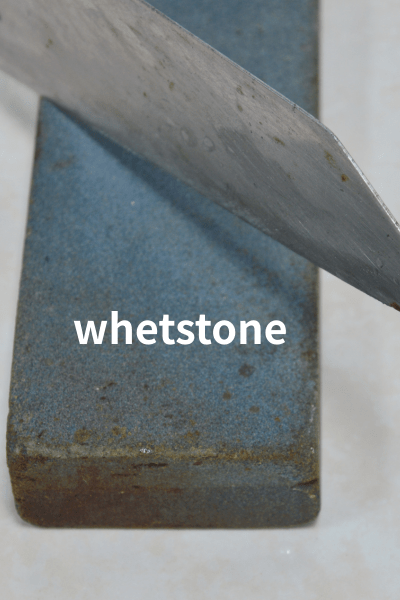
Stoneworkers & Whetstones — Stones that Carve, Stones that Polish
Share
In Japanese stonecraft, artisans carve granite with chisels and rasps, then—at the very end—some will reach for a natural whetstone. This is not a mere touch-up; it is the quiet ritual where stone shapes stone, softening tool marks and bringing a calm luster that machine polishing cannot replicate.
1️⃣ When the Hand that Carves Also Polishes
After roughing out the form, refining planes, easing edges, and catching the light at the right angle, a portion of master stoneworkers finish with a natural whetstone. By gently “stroking” over chisel traces, the once-cold surface takes on warmth—retaining the memory of the maker’s hand.
2️⃣ What Natural Whetstones Are
Natural whetstones have been quarried across Japan—historically in places such as Kyoto, Iyo, and Awa. Formed from siliceous muds on the seafloor over tens of millions of years, their fine, layered particles can gently organize the surface of metal or stone without harsh abrasion. If granite is the stone that shapes, then whetstone is the stone that refines.
3️⃣ Why Some Artisans Use Whetstones
- Smoothing the rim of a lantern’s roof (kasa)
- Giving soft light to the Jizō’s cheek or folds of the robe
- Bringing natural sheen to features of komainu (guardian dogs)
The result is a quiet sense of life in hard stone—an intimacy of finish that communicates the artisan’s touch.
4️⃣ Natural Whetstones vs. Granite — What’s the Difference?
| Feature | Natural Whetstone | Granite |
|---|---|---|
| Geologic Type | Metamorphic / sedimentary (siliceous slate-like layers) | Igneous (plutonic deep-seated rock) |
| Formation | Seafloor muds compressed and altered over geologic time | Magma cooled slowly underground to form visible crystals |
| Typical Minerals | Quartz, clay minerals | Quartz, feldspar, biotite |
| Texture / Grain | Fine, layered, relatively uniform | Coarse, crystalline |
| Workability | Ideal for gentle, controlled finishing | Hard; carving and final luster require high skill |
| Primary Role | Polishing / refining surfaces | Shaping / structural and sculptural stone |
| Cultural Symbol | The tradition of polishing | The tradition of carving |
5️⃣ Two Stones, One Craft
Though their origins oppose—granite from the depths, whetstone from ancient seas—both come alive in the hands of the craftsman. Granite gives form; the whetstone breathes life. In their meeting, the essence of Japanese stone culture appears.
6️⃣ The Philosophy of Finishing
Finishing is not simply polishing; it is a moment of quiet intent. As the whetstone slides before completion, a craftsman’s worldview is inscribed into the surface. Within stone’s coolness, a trace of human warmth remains.
7️⃣ Our Policy
Japanstones.shop does not sell whetstones. We present finished works crafted and completed by Japanese stoneworkers—stone lanterns, Jizō statues, komainu, gorintō, and more. Some artisans choose natural whetstones for the very final touch, but not all pieces are finished with whetstones. Methods vary to match each stone’s character and the intended expression.
🪶 Closing
Stones that carve, stones that polish—between them lies the craftsman’s touch and a prayerful silence. What endures for a thousand years is not strength alone, but the spirit of finishing held in the surface.
A Symbol of Zen - The Tranquil Heart of the Japanese Garden
A Soothing Presence: Japanese Stone Jizo
Gorinto: A Sacred Symbol of Harmony and Eternity
Stone Animals – Crafted with Soul by Japanese Stonemasons
Last updated (JST): October 13, 2025
